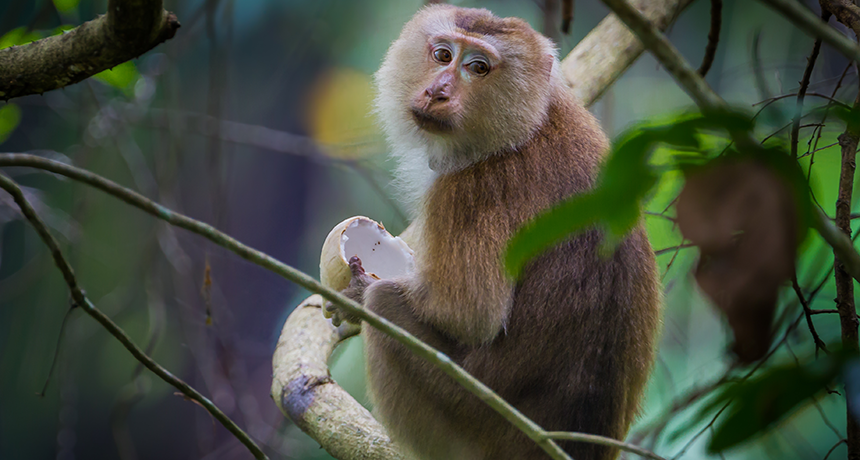In the annals of infectious diseases, the Ebola virus has carved a notorious niche for itself, causing severe and often fatal hemorrhagic fever in humans. The origin of the first identified Ebola outbreak is shrouded in mystery, with a specific type of monkey types playing a pivotal role in its transmission.
This article delves into the historical context and sheds light on the primate species linked to the initial outbreak.
The Emergence of Ebola:
Early Encounters with Ebola:
The Ebola virus first came to scientific attention in 1976 when outbreaks occurred simultaneously in Sudan and what is now the Democratic Republic of Congo. The search for the reservoir host led researchers to the dense tropical forests, where primates were identified as potential carriers.
The Link to Primates:
Among the diverse array of primates inhabiting the affected regions, it was discovered that certain species acted as natural hosts for the Ebola virus. Understanding which specific primate was responsible for the initial outbreak became crucial in devising effective preventive measures.
Identifying the Culprit:
Preliminary Investigations:
Early investigations pointed to the fact that the virus was zoonotic, meaning it could be transmitted from animals to humans. Scientists began analyzing blood samples from different primate species in the affected regions to pinpoint the primary reservoir host.
Focus on African Fruit Bats:
While initial suspicions revolved around monkeys, subsequent research indicated that African fruit bats could be the natural hosts of the Ebola virus. However, the transmission from bats to humans likely involved an intermediary primate species.
The Role of Monkeys:
Through meticulous fieldwork and genetic analyses, researchers identified certain monkey types species as carriers of the Ebola virus. These primates, often asymptomatic carriers, played a crucial role in the transmission chain, acting as a bridge between bats and humans.
The Culprit Revealed:
Species Responsible for the Outbreak:
The specific monkey species linked to the first identified Ebola outbreak was the Cercopithecus ascanius, commonly known as the red-tailed monkey. These agile primates, prevalent in the affected regions, carried the virus without showing symptoms, making detection challenging.
Transmission Dynamics:
The transmission dynamics between bats, red-tailed monkeys, and humans highlighted the complex interplay in the ecology of infectious diseases. The virus likely jumped from bats to monkeys through shared habitats, and subsequent human infections occurred through direct contact with monkey bodily fluids.
Implications and Lessons Learned:
Preventing Future Outbreaks:
Understanding the role of red-tailed monkeys in the initial Ebola outbreak has profound implications for preventing future outbreaks. Conservation efforts, habitat preservation, and targeted surveillance of primate populations are essential in mitigating the risk of zoonotic spillover events.
One Health Approach:
The identification of the red-tailed monkey’s involvement underscores the importance of a One Health approach, recognizing the interconnectedness of human, animal, and environmental health. Collaborative efforts between veterinarians, ecologists, and public health officials are crucial in managing emerging infectious diseases.
Conclusion
As we unravel the mystery of the first identified Ebola outbreak, the role of the red-tailed monkey emerges as a crucial piece of the puzzle. This knowledge not only deepens our understanding of the virus’s origins but also provides valuable insights for future prevention strategies.
